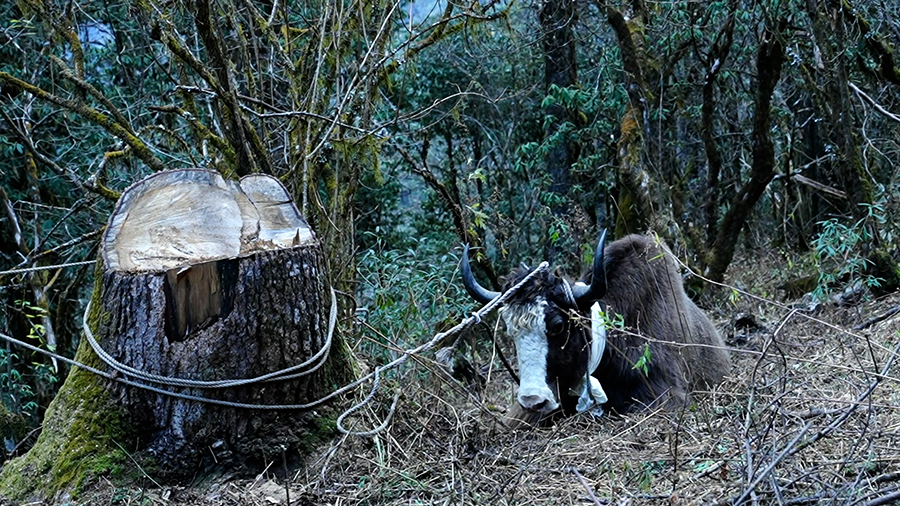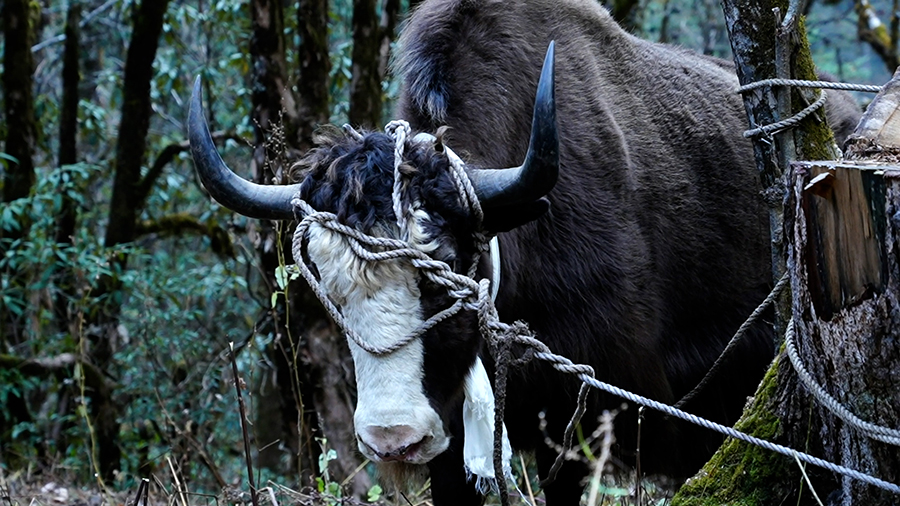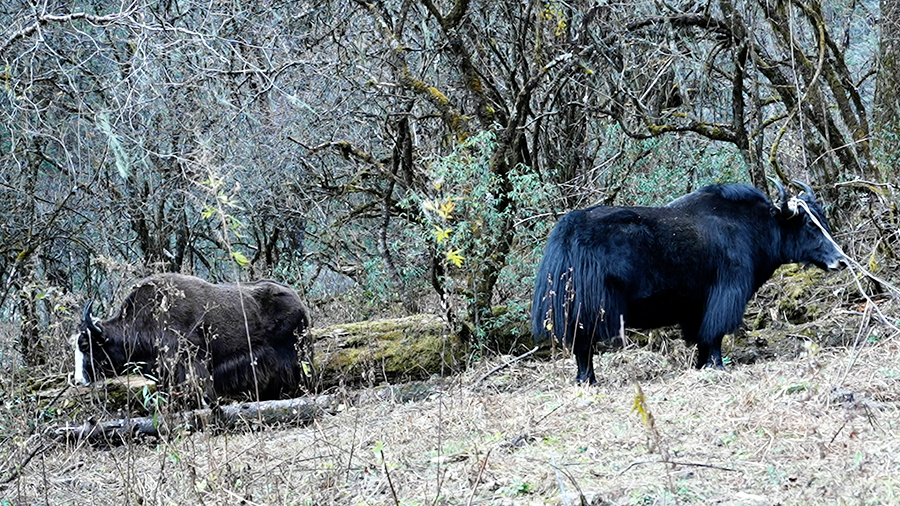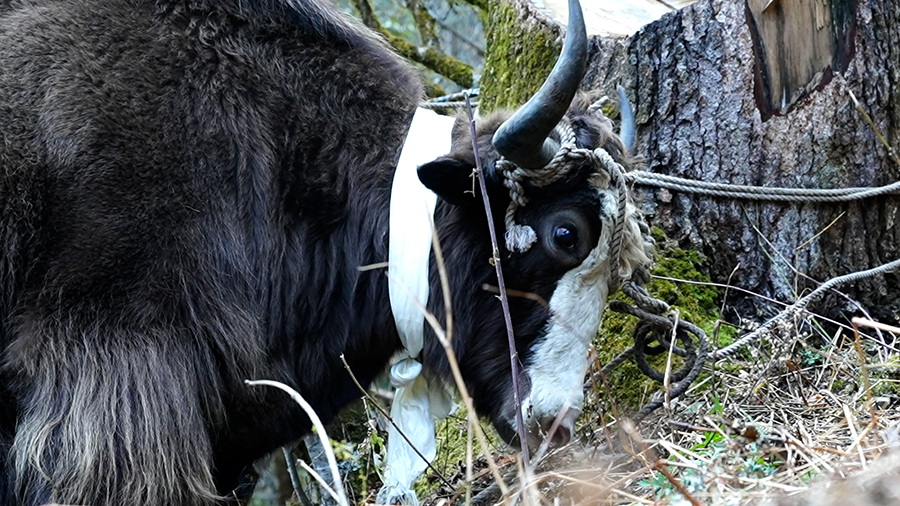 What really happens to animals released after they are saved from slaughter, commonly known as tshethar animals? In most places, no one knows. But the Animal Life Saving Committee has created a system that tracks, documents, and protects every animal long after its release. This month alone, 86 yaks have been released at Sephu in Wangdue Phodrang by the Animal Life Saving Committee.
What really happens to animals released after they are saved from slaughter, commonly known as tshethar animals? In most places, no one knows. But the Animal Life Saving Committee has created a system that tracks, documents, and protects every animal long after its release. This month alone, 86 yaks have been released at Sephu in Wangdue Phodrang by the Animal Life Saving Committee.
 Instead of being left to roam without care, they were handed over to villagers willing to raise and protect them.
Instead of being left to roam without care, they were handed over to villagers willing to raise and protect them.
Tshering Dorji, a resident said, “We in Sephu village will take care of yaks. Our livelihoods depend largely on Cordyceps collection and agriculture, including potatoes and cabbage. Because of this, we do not kill animals here, nor do we use meat even during rituals. Male yaks are used for transporting goods, while female yaks provide us with milk.”
But behind the scene is a system built on responsibility and trust. More than 4.8 million ngultrum was spent to rescue these animals.
Nim Dem, a member of the Animal Life Saving Committee said, “Many people think that once we save a yak, we send the same yak back and collect funds to ‘save’ it again. This is 100 per cent not true. Once a yak is saved, it is released for life. It is through the compassion of the Bhutanese people that we are able to raise funds, and it is important for everyone to understand this.”
 Each yak is legally documented. Their horns are slightly trimmed for identification. Transport permits are processed. And before the new caretakers receive the animals, they sign agreements promising lifelong protection.
Each yak is legally documented. Their horns are slightly trimmed for identification. Transport permits are processed. And before the new caretakers receive the animals, they sign agreements promising lifelong protection.
Twice a year, the committee audits every animal with local leaders, ensuring they are present, healthy and safe. When violations occur, the law steps in.
Yangchen Lhamo, a supporter of Animal Life Saving Committee said, “Even with our limited budget, we managed to save all 86 yaks because everyone came together to support us. The bargaining process can be challenging, as we have to consider both sides, the buyer and the seller. Releasing yaks into lifelong freedom is not easy, as it involves many steps, including transportation and formal agreements.”
Nim Dem said, “We sign an agreement with every new owner stating that the yaks must not be killed, sold, or allowed to go missing. If the owner fails to comply with these conditions, they will be liable for penalties in accordance with the law.”
 For the Animal Life Saving Committee, this act of animal rescue or tshethar is not just a spiritual act. It is a lifelong promise, one that continues long after the animals walk into the mountains.
For the Animal Life Saving Committee, this act of animal rescue or tshethar is not just a spiritual act. It is a lifelong promise, one that continues long after the animals walk into the mountains.
Namgay Wangdi
Edited by Tshering Zam








